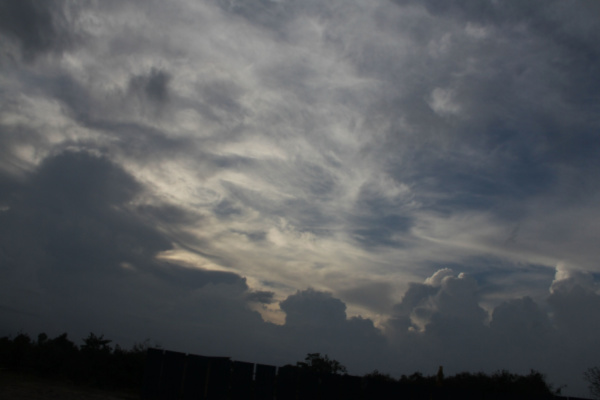In general, they pick up water vapor from the warm, moist air of tropical regions and they drop the water over land in cooler regions as rain or snow. So, much like a river is water moving over land, an atmospheric river is a stream of water vapor moving in the sky.
Atmospheric rivers typically form over tropical regions. Warm temperatures there cause ocean water to evaporate and rise into the atmosphere. Strong winds help to carry the water vapor through the atmosphere. As atmospheric rivers move over land, the water vapor rises up farther into the atmosphere. It then cools into water droplets, which fall as precipitation. One well-known atmospheric river called the “Pineapple Express” picks up warm, moist air near Hawaii. When the Pineapple Express hits land in the Western United States and Canada, it can cause heavy rain and snow. In California, it can cause up to 5 inches of rain in a day.
If you hear your local meteorologist talking about an atmospheric river, you can probably expect lots of rain or snow in the forecast. Atmospheric rivers are fairly common in winter in the Western United States. In fact, just a few atmospheric river events each year cause up to half of the annual precipitation on the West Coast. These dumps of rain and snow from atmospheric rivers are an important source of fresh water for the West Coast. However, sometimes this heavy precipitation—which can park over a region for several days—can lead to flooding, mudslides and other disasters.
Scientists monitor atmospheric rivers to plan for emergencies and water supply issues. NOAA’s GOES West weather satellite captures images and information, such as the amount and location of moisture in the atmosphere on the West Coast, as often as every 5 minutes. This is important for weather forecasters to make accurate forecasts of heavy rain and flash flooding. Accurate forecasting of these events can help people prepare and stay safe.
—
Photo Credit: Moawiz Ali / Shutterstock.com
